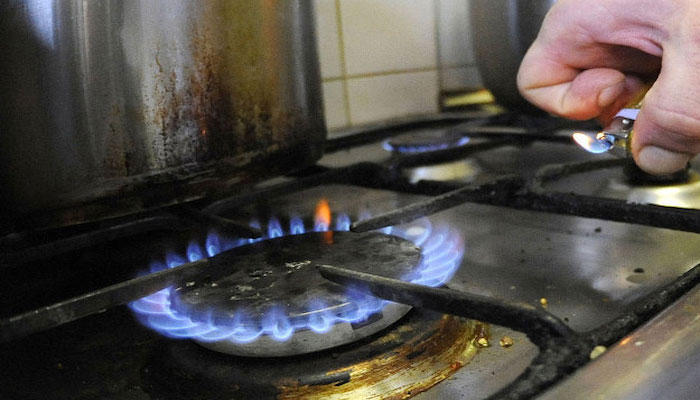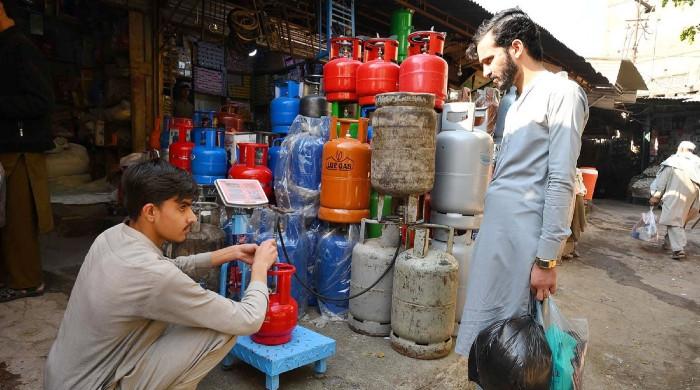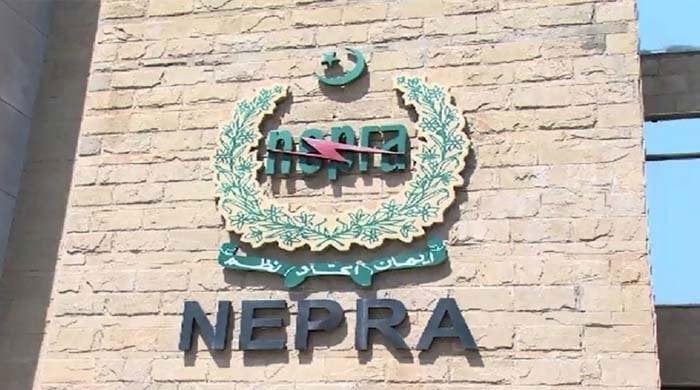SNGP warns of domestic gas suspension: report
SNGP cites RLNG oversupply, anticipated gradual shift of captive power consumers to national grid behind gas suspension
April 12, 2025

KARACHI: Sui Northern Gas Pipelines Limited (SNGP) has projected a suspension of 354 mmcfd of natural gas purchases from local exploration and production (E&P) companies, citing an oversupply of re-gasified liquefied natural gas (RLNG) and the anticipated gradual shift of captive power consumers to the national grid.
The projected gas suspension for the current fiscal year, as previously reviewed by SNGP, stood at 86 mmcfd. Any suspension of natural gas from domestic E&P companies would also impact crude oil output, given the parallel production from associated gas fields. A significant drop in oil and gas production would negatively affect overall GDP growth, particularly as mining and quarrying (including oil, gas and coal) hold a 9.0 per cent weight in the industrial sector. In addition, the profitability of E&P companies would be adversely impacted, according to a research note by Topline Securities.
To address a projected revenue shortfall of Rs207 billion, SNGP has proposed a 40-42 per cent increase in gas tariffs from July 2025. This shortfall primarily stems from expected revenue losses due to the diversion of gas supplies from captive power units to domestic consumers, in response to excess RLNG in the system. The figure also includes a late payment surcharge (LPS) of Rs96 billion.
For FY26, SNGP expects the diversion of RLNG to domestic consumers to reach 242 mmcfd, compared to the 164 mmcfd approved by the Oil and Gas Regulatory Authority (Ogra) for FY25 in its review of the Estimated Revenue Requirement (RERR). The additional 78 mmcfd of RLNG diverted to domestic users is expected to result in an incremental shortfall of Rs70 billion, as the average tariff of Rs1,000/mmbtu for residential consumers is significantly lower than the Rs3,500/mmbtu rate charged to captive power units.
The company has included Rs96 billion in its FY26 estimate on account of the LPS, in line with its usual practice. However, Ogra typically rejects this component, and analysts expect the regulator to do so again. Excluding the LPS, the required price increase would reduce to around 19-20 per cent from the proposed 40-42 per cent. Even so, it is anticipated that Ogra will not approve the full increase and will revise it downwards.
Due to the recent decline in the cost of debt (Kibor), SNGP’s projected weighted average cost of capital (WACC) on operating fixed assets is now 23.39 per cent. For FY26, the company has proposed average fixed assets of Rs124 billion, compared to Rs109 billion approved by Ogra in FY25’s RERR, indicating a net increase of Rs15 billion.
According to Topline Securities, the government’s long-term objective under the IMF programme is to increase reliance on the national grid by discouraging the use of captive power. While the government initially committed to the IMF to disconnect gas supplies to captive units by the end of January 2025, it later adopted an alternative approach: increasing tariffs to push consumers toward the grid. In mid-March 2025, a grid levy of Rs791/mmbtu was imposed on top of the existing Rs3,500/mmbtu rate.
However, several companies have obtained stay orders against the grid levy from the higher courts. Industry sources suggest that gas tariffs and levies for captives will continue to rise until the cost of captive electricity generation aligns with the national grid’s tariff.
Looking ahead, the government plans to negotiate with Qatar for either a reduction in the number of RLNG cargoes or a downward revision in prices. The existing 15-year supply agreement, signed in February 2016, includes a price review clause after 10 years. Should both parties fail to reach a consensus on pricing, the agreement’s tenure would automatically shorten to 11 years, Topline Securities noted.
Originally published in The News











